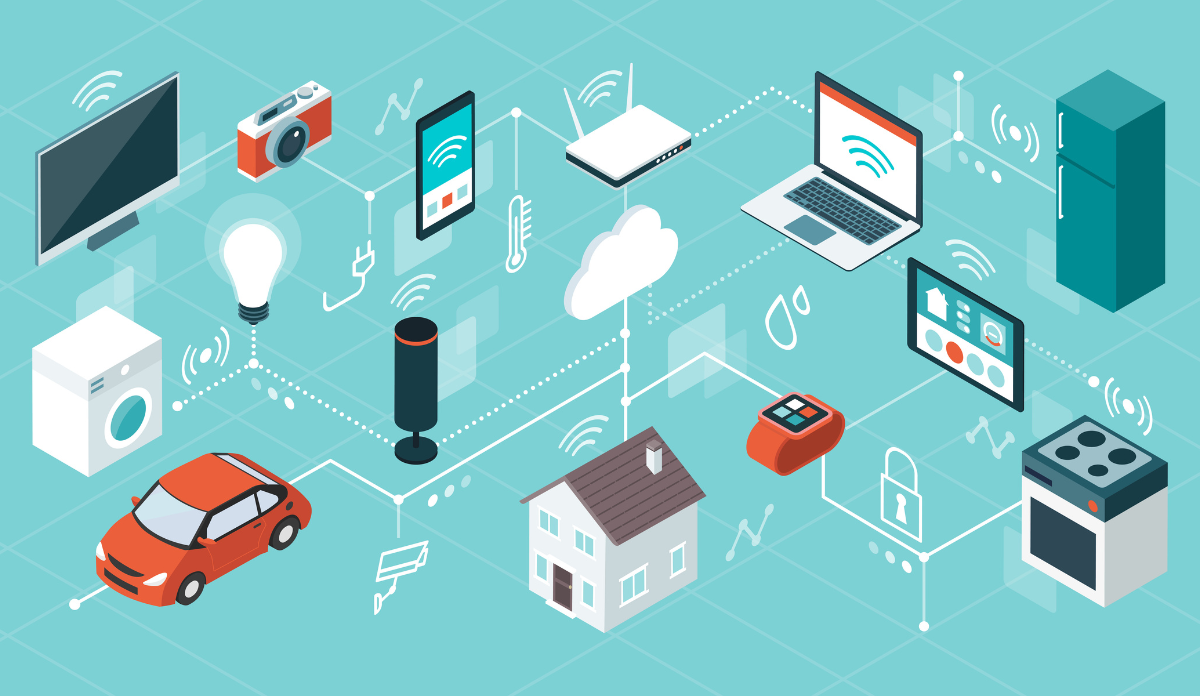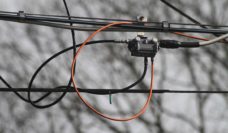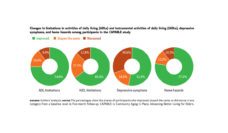The population in the United States is getting older, quickly. From 2010 to 2020, the number of adults age 65 and older grew from 40.3 to 55.8 million people. This trend will continue as the Baby Boomer generation age.
As more Americans decide to age in place, smart home technology can help them do so more safely. But the promise of technology can be marred by ageism and control when used in ways that minimize older adults’ independence and choice.
Examples of smart home technologies that aid people to age in place include remote home-monitoring systems, wearable medical alert devices, and home security systems. These devices allow aging adults to live independently while improving health outcomes and safety within the living space.
Yet technology also carries risk. One concern with how we use smart home technology to support older adults at home is the perpetuation of ageism, particularly through infantilization and lack of choice.
Infantilization
To start, the marketing and advertising of smart home technology contributes to ageist attitudes by perpetuating the image of a helpless older adult.
Nearly all advertisements and websites marketing indoor camera systems flash messages like “baby and elderly monitors” or “elderly surveillance cameras.” Product labels such as this frame older adults as completely dependent – even infantile – in their own homes.
These marketing tactics are rooted in a common public perception that older adults are wards of their families, to be protected rather than supported, with smart home technology. Adult children often assume responsibility of care for their aging parents and serve as the primary decision-makers in installing smart home technology.
Some adult children opt to install indoor cameras and other surveillance systems that introduce a custodial relationship between the adult child and their aging parent, as opposed to a partnership in using smart home technology to enhance the living space.
Lack of Choice
When caregivers install smart home technology that surveils their loved one and creates a one-way system of control, choice is taken away from the older adult themselves.
Older adults may not welcome indoor cameras or other devices that surveil, even at the behest of loved ones, because they feel comfortable assuming some risk in their homes and maintaining their independence. In contrast, many older adults do choose to install smart home technology that helps them manage their health care or connect with loved ones. The point is that it should be their choice, based on their needs. Assuming some level of risk is a personal choice for an older adult aging in place and it honors their personhood, autonomy, and privacy.
Dozens of studies indicate that older adults expect to be involved in the design of home technology, tailoring it to their specific needs and desires. Specifically, they are interested in technology that ensures data security and privacy.
It’s important to understand what older adults are looking for in the design and marketing of smart home technology, but we’re still in the early stages of progress and inclusivity. For example, only one study in 2023 worked with older adults to design a system for home use.
Still, we have reason to be optimistic. More and more adults over the age of 65 are aging with experience using technology than past aging cohorts. As such, older people who wish to use technology to support them in their homes have unique knowledge and ownership over the use of smart home products. This experience and openness to adopting smart home technology makes it more important than ever to ensure older adults have a place at the table in designing and marketing smart home technology for aging in place.
Photo via Getty Images














